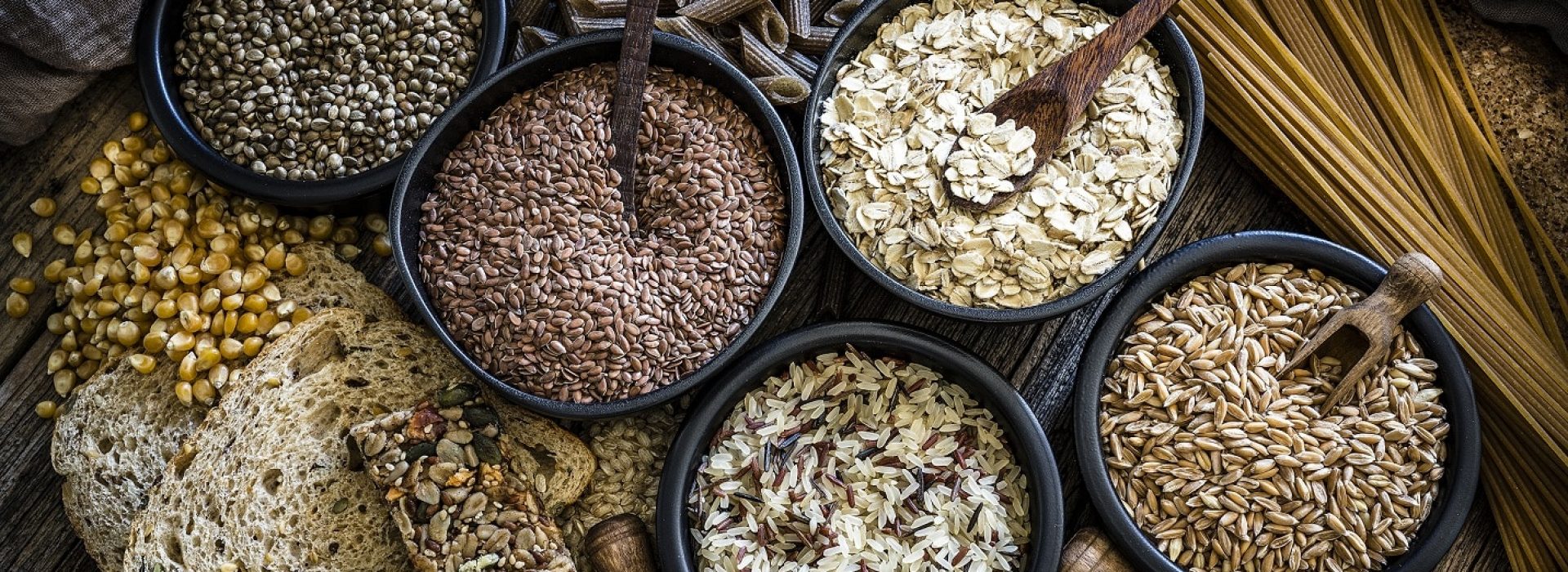A Spotlight on Gluten-Free Diet
Today, we’re thrilled to discuss approaches to the best gluten-free diet. As it’s National Celiac Disease Awareness Day, we will begin by considering what it means to have celiac disease. Then we’ll see what the diet looks like and whether it’s healthier. Finally, we’ll have suggestions for great desserts near you.
What is Celiac Disease?
While most people know what celiac disease is, there’s nothing stopping various myths from floating about. To offer some clarity, we went straight to the researchers at the Mayo Clinic and Celiac Disease Foundation to learn the facts. Basically, celiac disease is an immune response to consuming gluten. This is a type of protein that occurs naturally in wheat, barley, and rye. Over time, the lining of the small intestine can become damaged, affecting the absorption of nutrients. This leads to symptoms like diarrhea, fatigue, weight loss, bloating, anemia, malnourishment, and worse. There’s no cure for celiac disease sufferers. However, a strict gluten-free diet can not only manage these symptoms, but begin to restore the damaged intestinal damage.
It affects approximately 1 in 100 people worldwide. While the precise cause remains unknown to researchers, they do know it’s hereditary. So those with a first-degree relative affected by the disease have a one in ten chance of developing it themselves. While there is no cure, adhering to a strict gluten-free diet and avoiding gluten does help. As a result, those with celiac disease sometimes have to forfeit breads, pastries, cakes, and other desserts. But this is changing thanks to gluten alternatives and all of the naturally gluten-free foods like fruits, dairy, beans, and nuts – all of which are incredibly easy to source and incorporate into a diet!
Gluten-Free Baking
Chances are you’re already reading the labels. This is good. This will be of great assistance for baking gluten-free cakes, breads, and pastries at home. Often, gluten-free bakers will combine multiple flour alternatives to create a sort of all-purpose flour. This ensures substitutes that feel gritty and starchy don’t take away from the texture and flavour of your baked goods.
Some of the more popular flour alternatives include buckwheat, millet, teff flour, plus other flours made from coconut, almond, sorghum, and more. For more detail, we can use buckwheat in crepes, pancakes, and pound cakes. Similarly, we can make use of millet for pancakes, but also muffins and quickbreads. A calcium and protein rich Ethiopian grain creates teff flour. This can work very well in breads, cookies, brownies, and cakes. If you’ve ever visited an Ethiopian restaurant you may recall a flat crepe-like bread, injera – they use teff to make it!
When it comes to gluten replacers, a baker is interested in one that binds or holds the ingredients together. It must also provide structure and elasticity, and maintains moisture to stop the goodies from going stale too quickly. If you enjoy eating dry, hard, flat breads and cakes, you can skip the replacements. But chances are you will want to add either xanthan gum or guar gum to fill in for gluten. In addition to these, we also have psyllium, chia, and flax seeds.
Gluten-Free Diet Myths
Returning to myths, people falsely believe a gluten-free diet is healthier than a conventional diet that contains gluten. The Mayo Clinic acknowledges that a gluten-free diet is recommended for people with celiac disease, gluten-sensitivity, and other specifically gluten-related issues, but looking beyond this, they say there’s little evidence to suggest that a gluten-free diet offers any particular health benefits to those without a gluten sensitivity. The Clinic notes that a person’s decision to consume healthy, naturally gluten-free foods, which include lean meats, low-fat dairy, vegetables, fruit, and whole gluten-free grains as well as healthy fats is always going to be healthier than a diet high in refined carbohydrates, fats, sugars, and salt. The Gluten Intolerance Group agrees, what’s most important are the overall food choices made within a diet; whether it is gluten-free or not is beside the point.
Today, a number of gluten free companies exist offering products to make those with celiac disease feel more and more included. There’s even an official list of gluten free candies so holidays like Halloween needn’t be a headache for parents of children with gluten sensitivities! This awareness and promotion of celiac friendly solutions means an ever-increasing range of the best gluten-free desserts – something we’re all grateful for if it means we can share a slice of birthday cake with gluten-free loved ones.
A list of the best gluten-free desserts close to you may be found here – you’ll see how lucky we are to find a wide variety of bakeries, patisseries, and ice cream shops across Canada with options for your gluten-free diet.





